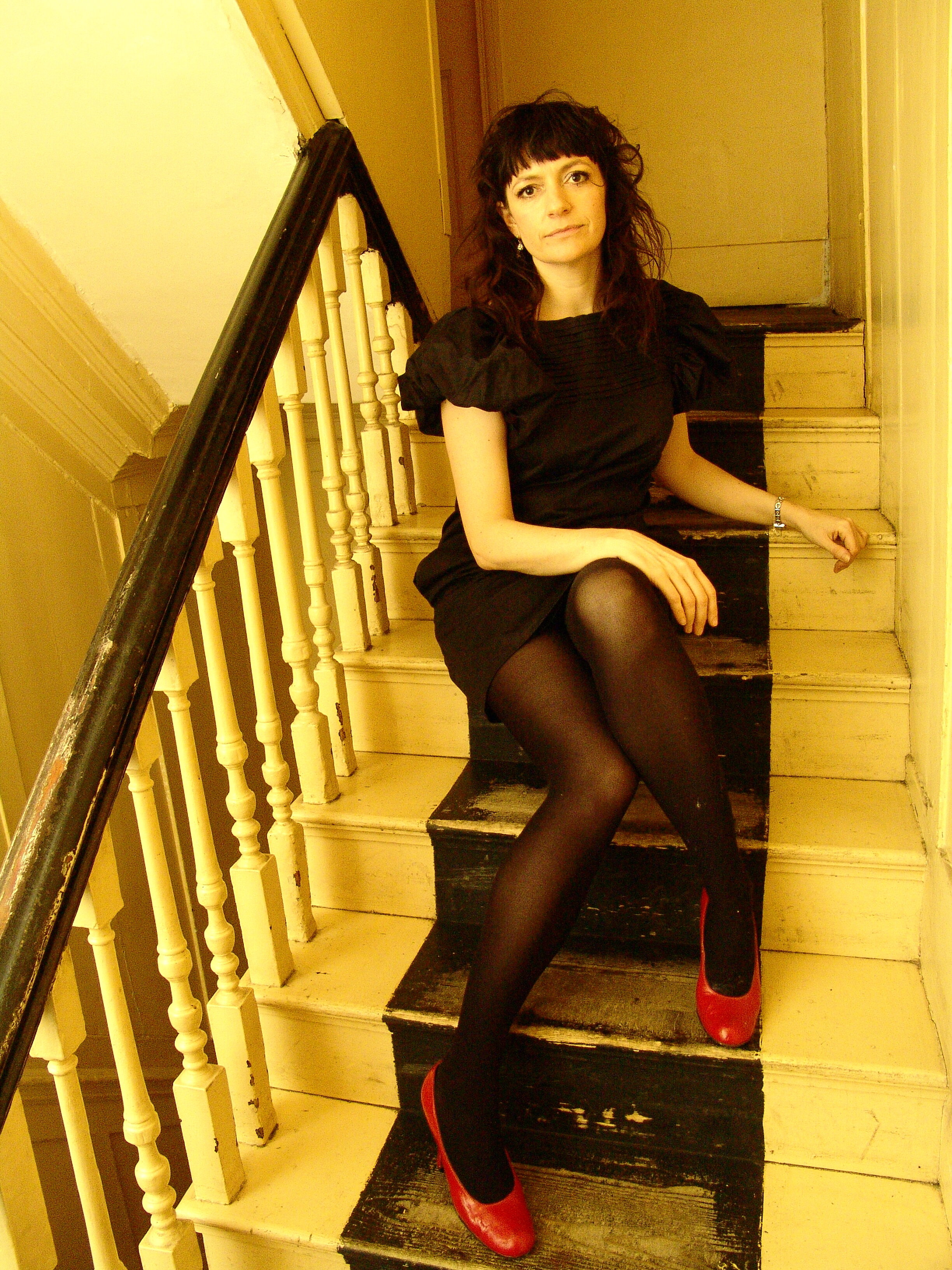The early life of composition by Sukie Smith
Maybe the one unifying truth for composers and songwriters is that music materialises; you come upon it, either fully formed or as fractured particles that over time, gather themselves into a whole.
The evolution into structured sound is as unique as the composition. For example, I have read about composers and songwriters, without any warning, experiencing their mind being flooded with either a fully formed piece of music or a completed song, with all its choruses middle eight and outro.
When I was researching my character in Mike Leigh’s Topsy Turvy, I visited the library at the Royal Academy of Music and read Arthur Sullivan’s diaries. He describes a carriage ride and he remembers that as the vehicle he was journeying in, turned a corner, his imagination heard an entire section of his composition, the whole completed piece with melody, instrumentation and tempo.
Another magical communication of sound is music that arrives in a dream. Listening as you sleep, possibly trying to remember where you've heard the music before. As you begin to wake up, it dawns on you, that the composition is yours, extraordinarily, it has arrived in your mind as some kind of sonic gift. Armed with this knowledge it is imperative to begin the delicate and stealth-like process of total recall as quickly as possible.
This is the stage of composition in which the visualising of music becomes essential. Whatever formular you ascribe to your imagination to translate your creative thinking into music must be utilised without any judgement or questions.
Sukie Smith
When I start to imagine instrumentation, I see huge, misty, architectural shapes blocking and revealing natural or sodium light, which correspond to specific sounds and volumes and I move them, in my town planning mind, to compose the piece. I have asked writers what abstract forms their thinking takes when they imagine sound and their descriptions can be extremely delightful and curious.
An Oscar nominated composer I spoke to sees a disembodied orchestra member hanging in space, playing their instrument interacting with another similarly disembodied imaginary musician and he observes them in his mind and notates whatever they play. Extraordinary.
Lyricists write and write until a possession occurs to their thinking and lines and words pour from the pen or keyboard and describe scenarios not directly connected to conscious thought. I have experienced a song so emotional and powerful in its personal truth that it made me breathless, arriving just as I was doing something mundane and very public; trying to order a coffee. A huge and wildly articulate poem bulldozed into my mind and out of my mouth as I fumbled about trying to write on a napkin with the waitresses’ pen, half crying, definitely looking like I neededthat coffee and a lie down. Equipped with the blueprint of the piece, you must begin the process of sculpting the sounds and lyric.
Marshalling instruments, producers, musicians and yourself, it is imperative to physically make the sounds you can hear in your head. Even if your intention is to pass the music onto another party, there is always a need to experience it out loud, as you commit it to notation or to capture it before it disappears again into audio ether. This process can be dangerous and is open equally to both contamination and inspiration. As you allow the song to exist more practically, it becomes less fragile and you can be courageous with your song surgery.
It is now possible to consciously experiment with parts of it. The music also feels more confident in itself and might make its own demands. No matter how hard you push for a favoured phrase to fit the song, it will only work when it is structured in a certain way. Music can be so stubborn but this is a time to trust the composition. It won’t be wrong, however much you might not initially understand its flow.
Songs and music reveal their insight and predictive wisdom as the drama of the real-world subject of the music quietens down. As the music is played in a live situation, repeated night after night, the resonance of a lyric and the images that play out in front of your eyes as you sing it to an audience can be so illuminating. A coincidence can suddenly be contextualised, a person, long forgotten, can be recalled and become significant to the music, mysteries solved just by concentrating on the meaning of what you might have assumed to be just a convenient rhyme, quite shocking and unnerving but also strangely comforting.
Finally, after all the gymnastics of thought needed to arrive at a finished composition, it is possible to experience the mighty power of sound crashing around you as you play live. At times appearing as a complex sonic wave enveloping a wild, receptive audience or heard as a gentle tendril of sound, sharing its existence, allowing itself to be interpreted by the listener in whatever way it is needed.
A communication, a connection, an explosion, a calling, it happened, it is here and it all began as silence.




